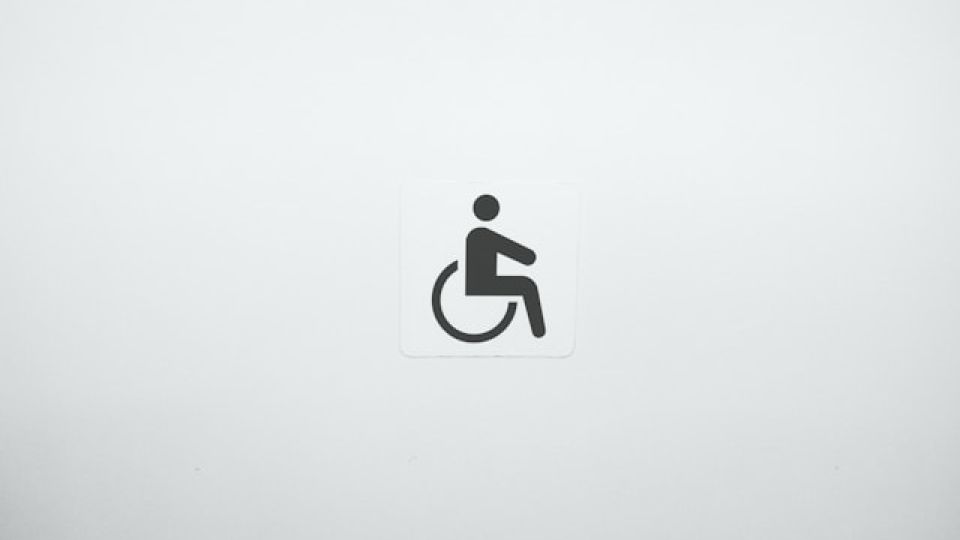April 10, 2025
THIMPHU – While most countries have adopted formal systems to certify persons with disabilities (PwDs), thousands in Bhutan are still waiting for such official recognition.
The absence of a disability certificate is a significant barrier for many who seek access to basic services, entitlements, and legal protections.
A disability certificate is an official document issued by the government that confirms an individual’s disability status and the degree of impairment. It serves as formal recognition of a person’s condition and is essential for accessing a wide range of benefits and rights under disability laws.
Internationally, disability certificates include key details such as the person’s name, age, address, type and severity of disability, whether the condition is permanent or temporary, and the certificate’s validity period.
Why it matters
The disability certificate is the gateway to rights and support for PwDs. In many countries, it determines eligibility for financial aid, disability pensions, subsidised education, health insurance, medical reimbursements, and scholarships, among others.
It also secures job and education reservations under affirmative action policies. In addition, the certificate enables travel concessions, facilitates the provision of mobility aids like wheelchairs and hearing devices, and supports tax deductions for PwDs and their caregivers.
In education, the certificate allows students to access accommodations such as extra time during examinations, use of scribes, and tailored learning materials.
Yonten Jamtsho, programme officer at the Disabled People’s Organisation of Bhutan (DPOB), said the certificate is not just about benefits but about identity. “It primarily serves as an identity for PwDs. DPOB is not pushing for the certificate for benefits alone. It is for the future generation.”
He explained that for people with invisible disabilities such as down syndrome or autism, the certificate validates their condition and prevents misuse of services by those without disabilities.
The groundwork to introduce the certification system is reportedly underway.
Nauraj Rai, a person with visual impairment, stressed the practical importance of the certificate. “It is especially important when PwDs access banks, hospitals, and transport services.” He added that raising awareness about the certificate must be a priority before implementation.
Global examples
Many countries have established disability certification systems. In India, certificates are issued through government hospitals under the Rights of Persons with Disabilities Act, 2016. The Unique Disability ID card digitises the process.
Japan issues separate certificates for physical and mental disabilities through municipal offices, enabling access to public assistance, employment support, and tax relief.
In the United States, disability status for social benefits is determined by the Social Security Administration, while access to services under the Americans with Disabilities Act requires medical documentation.
Progress and challenges in Bhutan
Bhutan introduced its first National Policy for Persons with Disabilities in 2019. However, implementation stalled after the dissolution of the Gross National Happiness Commission in 2022, which had been responsible for overseeing the policy.
The country made a significant step in March 2024 by ratifying the United Nations Convention on the Rights of Persons with Disabilities, signalling its commitment to inclusion. Yet, aligning national systems with international standards is a complex task that requires resources, infrastructure, and technical capacity.
A 2024 Service Delivery Indicators survey found that only 13 percent of health facilities had handicap-accessible toilets, and just over 14 percent had wheelchair ramps—clear indicators of infrastructural shortcomings.
Health officials cited limited expertise and the lengthy process of system development as key challenges in rolling out a certification mechanism.
According to the National Health Survey 2023, the disability rate in Bhutan has increased to nearly 7 percent, a steep rise from slightly over 2 percent reported in the 2017 Population and Housing Census.
Looking ahead
The DPOB has submitted a proposal to the government seeking the introduction of disability certificates. The Ministry of Health confirmed that technical evaluations are underway and that collaboration with civil society organisations will be crucial to move forward.
The National Council has also recommended that the ministry prioritise work on the certificate. However, officials are yet to indicate a timeline for its launch.
As part of efforts to improve accessibility, the ministry has allocated Nu 3 million in the 13th Plan to assess disability-friendly infrastructure in health facilities.


